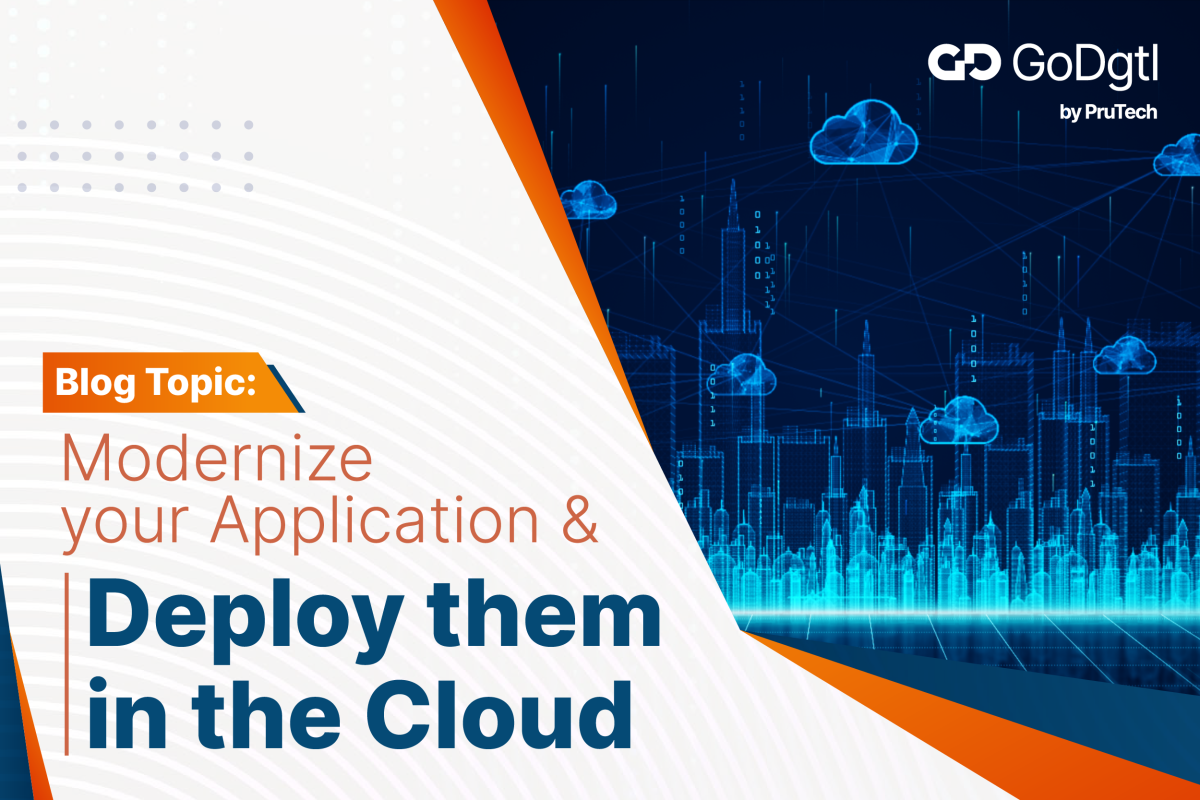With the proliferation of digital technology in every aspect of our lives, there has been a noticeable surge in the utilization of digital services in the field of education.
According to Solutionpath, a renowned authority in digital learning, educational institutions now widely acknowledge that digitalization is crucial for fostering favorable learning experiences and empowering students with choices. Moreover, it serves as a catalyst for future innovation in teaching methods and delivery systems, ensuring the survival of educational institutions in the rapidly evolving digital landscape, where access to education has become a global service.
Traditional educational methods are gradually being replaced by innovative digital services that offer a plethora of benefits for students, educators, and institutions alike. From enhancing accessibility to promoting interactive learning, the incorporation of digital services in education is revolutionizing the way we acquire knowledge.
Enhanced Accessibility and Flexibility
One of the key advantages of digital services in education is the enhanced accessibility and flexibility they offer. Online learning platforms, virtual classrooms, and educational apps eliminate geographical limitations, enabling students from all corners of the globe to access high-quality education without being bound by physical location. This democratization of education guarantees that learners, irrespective of their backgrounds, can pursue their educational aspirations on their own terms, seamlessly integrating learning into their hectic schedules.
Personalized Learning Experiences
Digital services offer a customized approach to learning, catering to the unique needs and learning styles of each student. Adaptive learning platforms utilize data-driven insights to craft personalized learning paths, guaranteeing that every student advances at their own pace. This tailored attention not only enhances student engagement and motivation but also results in enhanced understanding and retention of the subject matter.
Interactive and Engaging Content
In today’s fast-paced and ever-evolving world, passive learning through textbooks and lectures has become obsolete. Digital services have revolutionized the education system by introducing interactive and multimedia-rich content that not only captures students’ attention but also promotes active participation. The use of videos, simulations, gamified exercises, and virtual reality experiences, have made learning an enjoyable and immersive experience, fostering a deeper understanding of complex concepts.
Real-time Assessment and Feedback
Digital services enable real-time assessment and feedback mechanisms that empower educators and students alike. Through automated quizzes, tests, and assignments, students receive instant results, enabling them to assess their progress and identify areas for improvement. Simultaneously, educators can closely monitor student performance and adapt their teaching strategies, accordingly, fostering a more effective learning process.
Global Collaboration and Networking
Collaborative tools, seamlessly integrated into digital education platforms, serve as catalysts for fostering global connections and networking opportunities. By leveraging these tools, students are empowered to collaborate on projects, actively participate in discussions, and exchange ideas with peers hailing from diverse cultural backgrounds. Consequently, they gain a profound and comprehensive understanding of various subjects, as they are exposed to a broader perspective. This invaluable cross-cultural interaction not only equips students with the necessary skills to thrive in the globalized workforce but also nurtures the development of essential teamwork and communication proficiencies.
Cost – Effectiveness
Digital services have the potential to greatly alleviate the financial strain typically associated with traditional education. E-books, online resources, and open educational materials frequently come at a lower cost compared to traditional textbooks, thereby rendering education more financially accessible for students. Additionally, the elimination of commuting expenses and the option to pursue part-time or full-time online courses can lead to substantial cost savings.
Lifelong Learning and Skill Enhancement
The dynamic nature of digital services enables individuals to engage in continuous learning and enhance their skills throughout their lives. Professionals can conveniently upskill or reskill themselves through online courses, webinars, and virtual workshops, ensuring their relevance in an ever-evolving job market. Lifelong learning becomes a tangible reality, empowering individuals to adapt to emerging technologies and trends.
Conclusion
Digital transformation in the classroom necessitates a cultural shift, alongside technological advancements. Educators and administrators must undergo a paradigm shift to adapt to the digitally immersed classrooms of today.
It can be challenging for educational institutions to acknowledge the need for reallocating funds from less efficient practices towards technology investments.
GoDgtl facilitates this transition through the development of customized software and technological tools that are imperative. These tools serve as a bridge between institutions and learners, propelling us towards a brighter future.
Contact us today to learn more about our services and how we can help your business thrive in the cloud era. Contact 24/7 – GoDgtl (go-dgtl.in).


